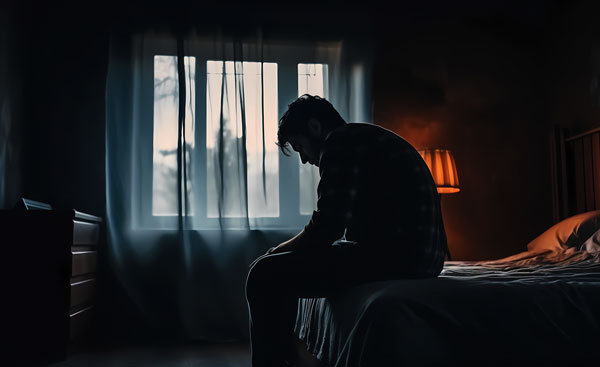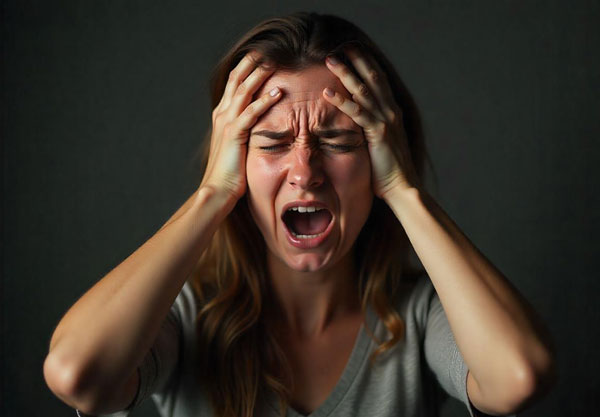Millions of individuals worldwide suffer from depression, a complicated and multidimensional mental health condition. Depression, which can take many different forms and intensities, is characterized by enduring feelings of melancholy, hopelessness, and a lack of interest or pleasure in once-enjoyed activities. In-depth discussion of the symptoms, causes, and possible treatments of mild and severe depression is provided in this article. Recognize mild and severe depression symptoms.
Mild depression, also known as dysthymia or persistent depressive disorder, is characterized by a milder set of symptoms compared to more severe forms. While less intense, these symptoms can still significantly impact an individual's well-being and daily functioning.

Common characteristics of mild depression include:
Individuals with mild depression may still be able to maintain their responsibilities at work, school, and in their personal lives. However, the persistent presence of these symptoms can create a pervasive sense of gloom, leading to a gradual decline in overall quality of life.
Severe depression, also known as major depressive disorder, is a serious mental health condition characterized by intense and debilitating symptoms that significantly disrupt an individual's life.

Key characteristics of severe depression include:
Severe depression can significantly impair an individual's ability to function in various aspects of life, including work, social interactions, and personal relationships. It can lead to significant distress, social isolation, and in severe cases, may increase the risk of self-harm or suicide.
Difference Between Mild and Severe Depression
Depression exists on a spectrum, with varying levels of intensity. Here’s a comparison:
Mild Depression:
Severe Depression:
Wellness Center